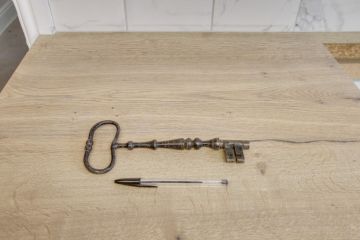In the lender blender
Investors who thrive, expanding their property portfolios, are meticulous about paying attention to detail. It’s critical to first work out what type of loan best suits your needs and to then compare the various deals lenders offer for that specific product.
It might seem as though there’s a confusing array of fancy-named mortgages on offer, but there are essentially six core products from which to choose.
Basic variable
This no-frills loan often provides a redraw facility. The interest rate for basic variable loans is usually about 0.5 per cent below the standard variable home loan rate. Tread carefully, though. The main problem with basic variable loans is that many do not permit interest-only repayments. You have to make principal and interest repayments, which reduces flexibility and does not suit many investors.
Discount variable
This is a loss-leader designed to rope you in. You get a discounted interest rate for the first 12 months, after which you start paying the standard variable rate. Honeymoon loans are problematic for investors. You rarely achieve low ongoing costs but merely tap into cheaper finance for one year. While lenders have been banned from charging mortgage exit fees, you may still have to pay “break” fees to get out of a discount loan.
Standard variable
The interest rate on a standard variable product tends to be higher than the rate on a basic variable loan, so evaluate what additional discounts are being offered. High-income earners who qualify for a professional package loan deal can expect to be offered an ongoing discount of 70 basis points to 100 basis points off the going standard variable rate.
Fixed
The latest fixed-rate home loans are priced well below variable-rate loans. With these products, the interest rate is fixed for a length of time that you select, usually from one year to five years. Most fixed loans impose a limit to the amount of extra repayments you can make, so consider the pros and cons. In uncertain economic times when interest rates are fluctuating, it can suit investors to fix part or all of their borrowings.
Offset accounts
An offset account is a transaction account. You deposit your income into the account and the daily balance is offset against the amount owing on your mortgage. If you have a loan of $300,000 and a balance of $30,000 in your offset account, you will pay interest on $270,000. It’s a way to minimise taxable income, pay down loans and still have access to your funds. Be aware though, using an offset will reduce the amount of tax-deductible debt.
Line of credit
Lines of credit are highly flexible products but can be more expensive than other loans. There is no pre-set loan term and the minimum repayment is for the interest only. LOCs work like a transaction account. You can withdraw funds from this type of product, so it can work well for an investor who is renovating a property and making frequent transaction, but shop around.
We recommend
States
Capital Cities
Capital Cities - Rentals
Popular Areas
Allhomes
More






